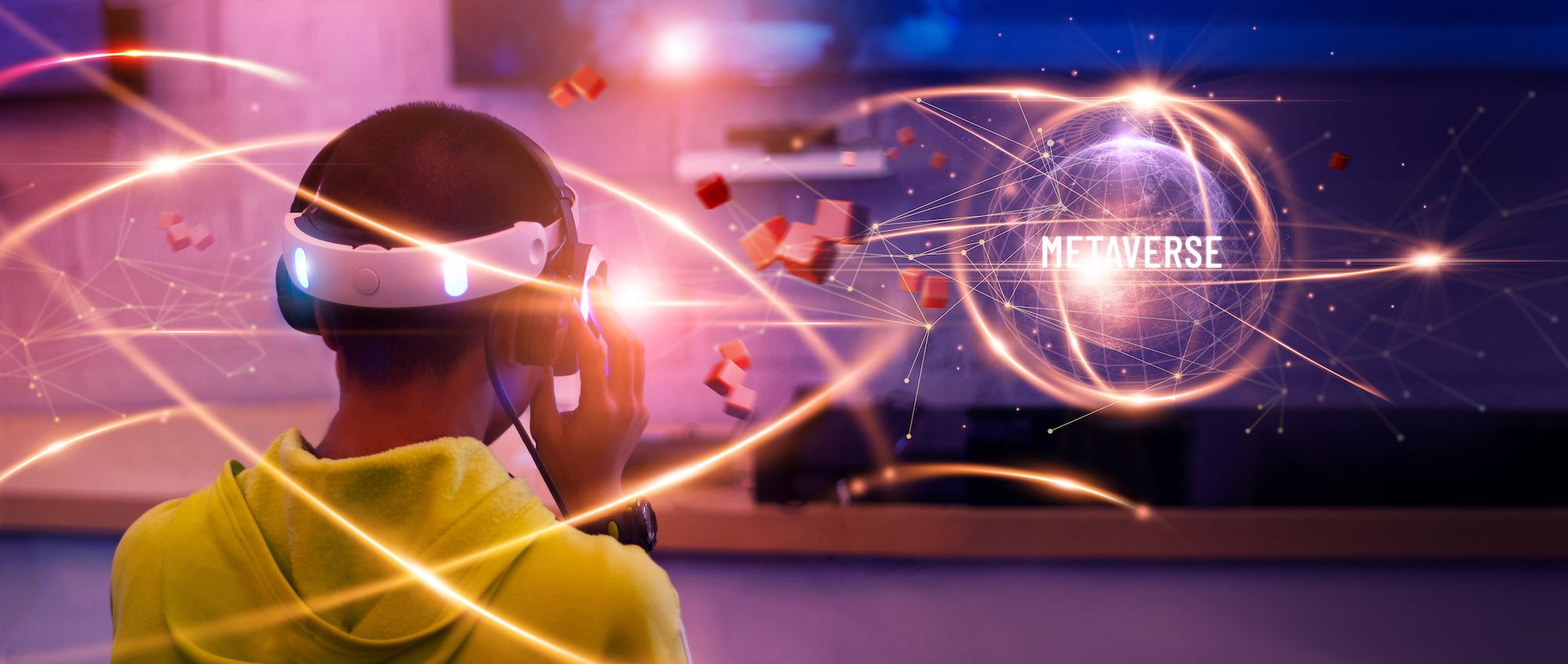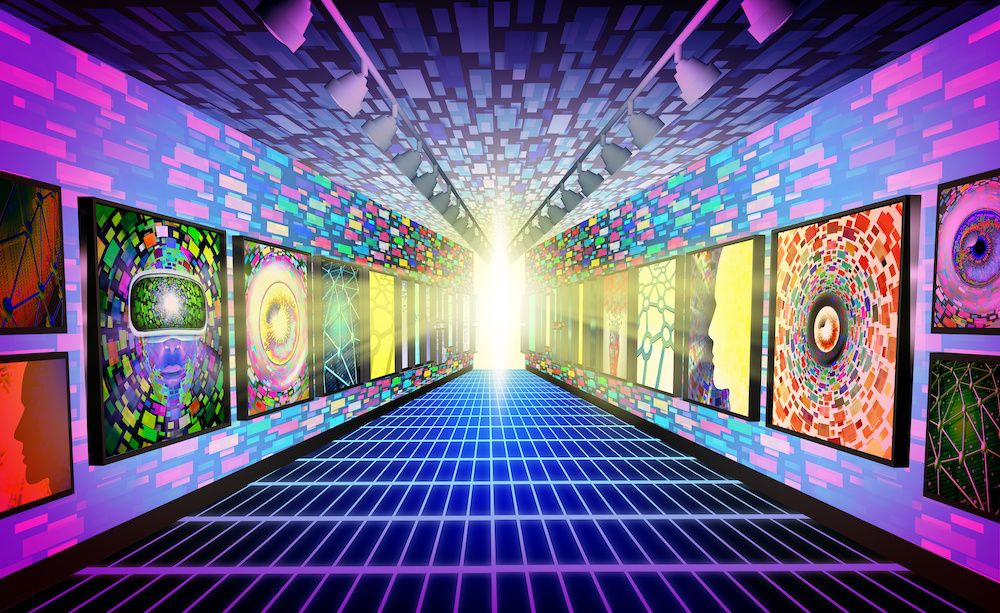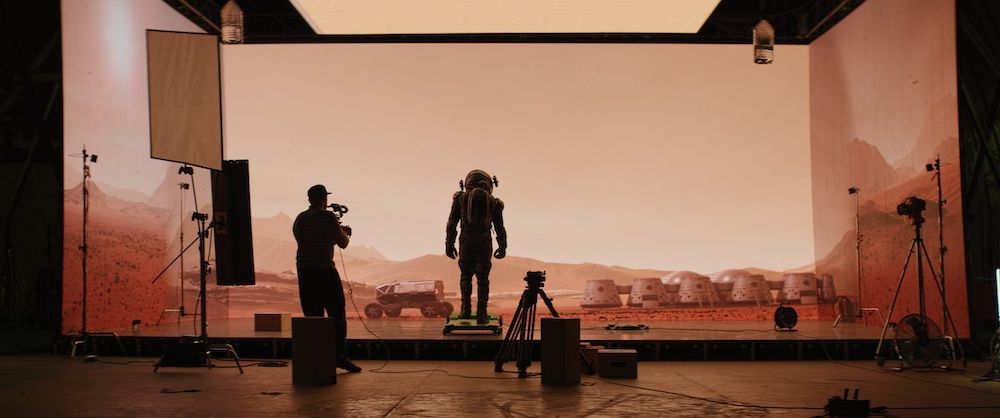MEDIA & COMMUNICATION
VR and AR: The New Age of Media & Communication

Immersive technologies like virtual reality (VR) and augmented reality (AR) are revolutionizing how we experience the media and communication industry. These technologies are providing new ways to interact with content and create experiences that are more realistic and personal than ever before.
What are Immersive Technologies?
AR and VR are two of the most popular technologies being used to create immersive experiences in the media and entertainment industry. AR allows users to view digital information superimposed on the real world. This technology is often used for marketing purposes, such as when brands want to show potential customers what their product would look like in use. VR, on the other hand, replaces the real world with a computer-generated one. This allows users to be fully immersed in a digital environment. VR is often used for gaming and entertainment purposes.


Uses and Applications of Immersive Technologies in Media and Communication
In the last decade, mass media has been transformed significantly due to the introduction of technological advancements. Today, virtual reality and augmented reality, are radically transforming the entertainment industry by providing new opportunities for content creation and consumption.
VR events
Virtual reality events are becoming more popular as the technology improves, and the cost of virtual reality headsets decreases. For example, music festivals such as Coachella and Lollapalooza have begun to experiment with virtual reality, offering attendees the opportunity to leverage virtual reality headsets to experience the festival from home. In addition, sports teams are beginning to use virtual reality to give fans a more immersive experience when watching games from home. For example, the NBA has begun to offer a virtual reality experience that allows fans to watch games from multiple angles.

AR advertising
Augmented reality is being used in advertising for quite some time now. Advertisers are using it to target potential customers with product placements in the real world. Through AR, they can provide a more immersive experience for the consumer and make ads more interactive

VR in Filmmaking
Virtual Reality is used in filmmaking and video game development to create realistic environments that can be interacted with in a simulated way by the user. Virtual reality movies are made using computer-generated imagery (CGI) and special effects. This makes it possible to create environments that look and feel real but are not actually real.

The metaverse in advertising
Metaverse and advertising is an area of huge potential. Advertisers are starting to experiment with using AR and VR to create more immersive and interactive experiences for consumers. This is still a relatively new area, but as the technology develops, we can expect to see more and more businesses using it to advertise their products and services. Some of the ways that advertisers are using AR and VR include creating virtual showrooms, where consumers can try out products before they buy them; creating interactive experiences that allow consumers to explore a product or service in more depth; and using AR and VR to create more realistic and lifelike commercials. One of the benefits of using AR and VR for advertising is that it allows businesses to create more personalized experiences for consumers. This can be particularly effective for luxury brands, which can use AR and VR to give consumers a taste of what it would be like to own their products.

Takeaway
The way we consume media is changing, and VR and AR are at the forefront of this change. With the help of these technologies, we can now immerse ourselves in new and exciting experiences. This is a huge shift from traditional forms of media, where we're simply passive observers.